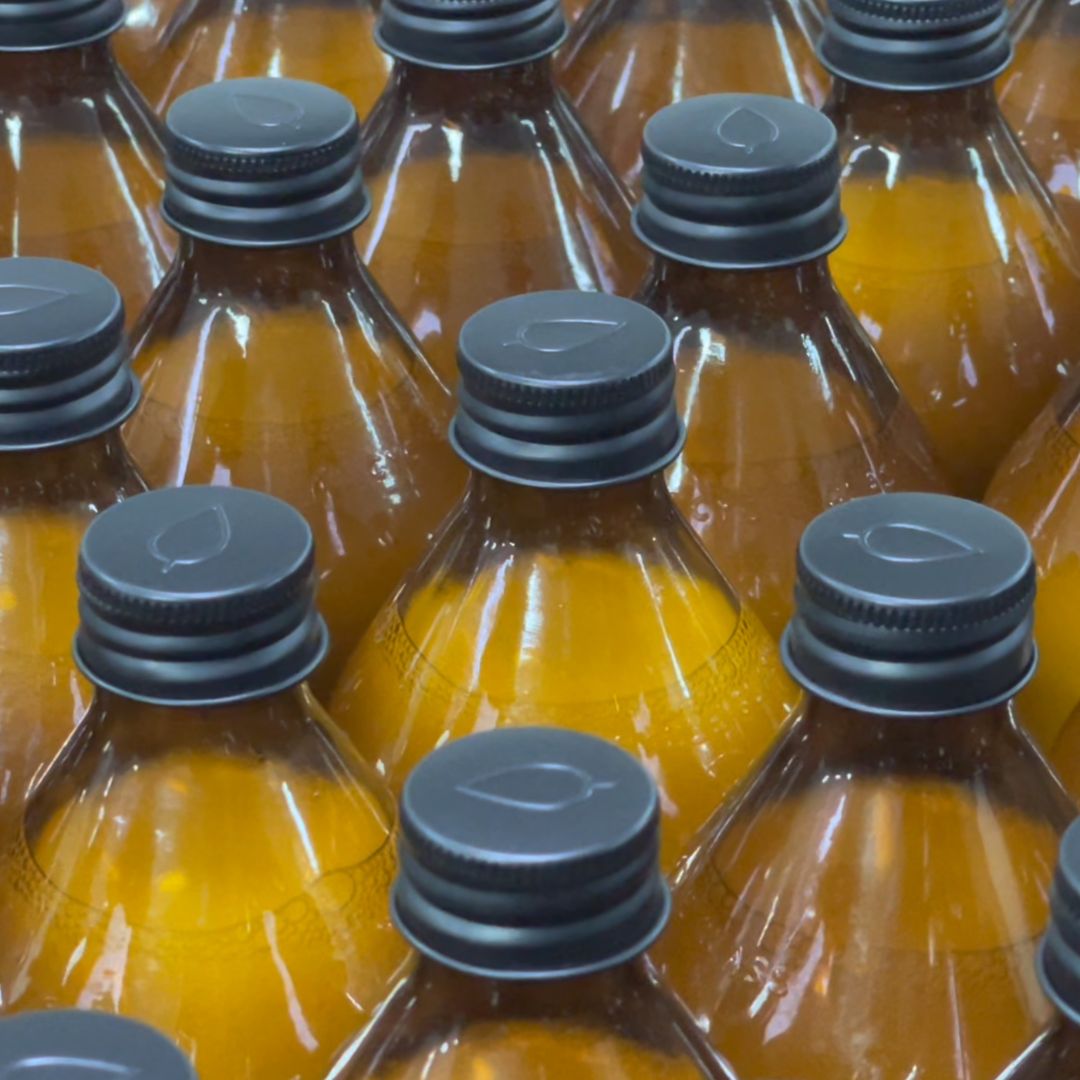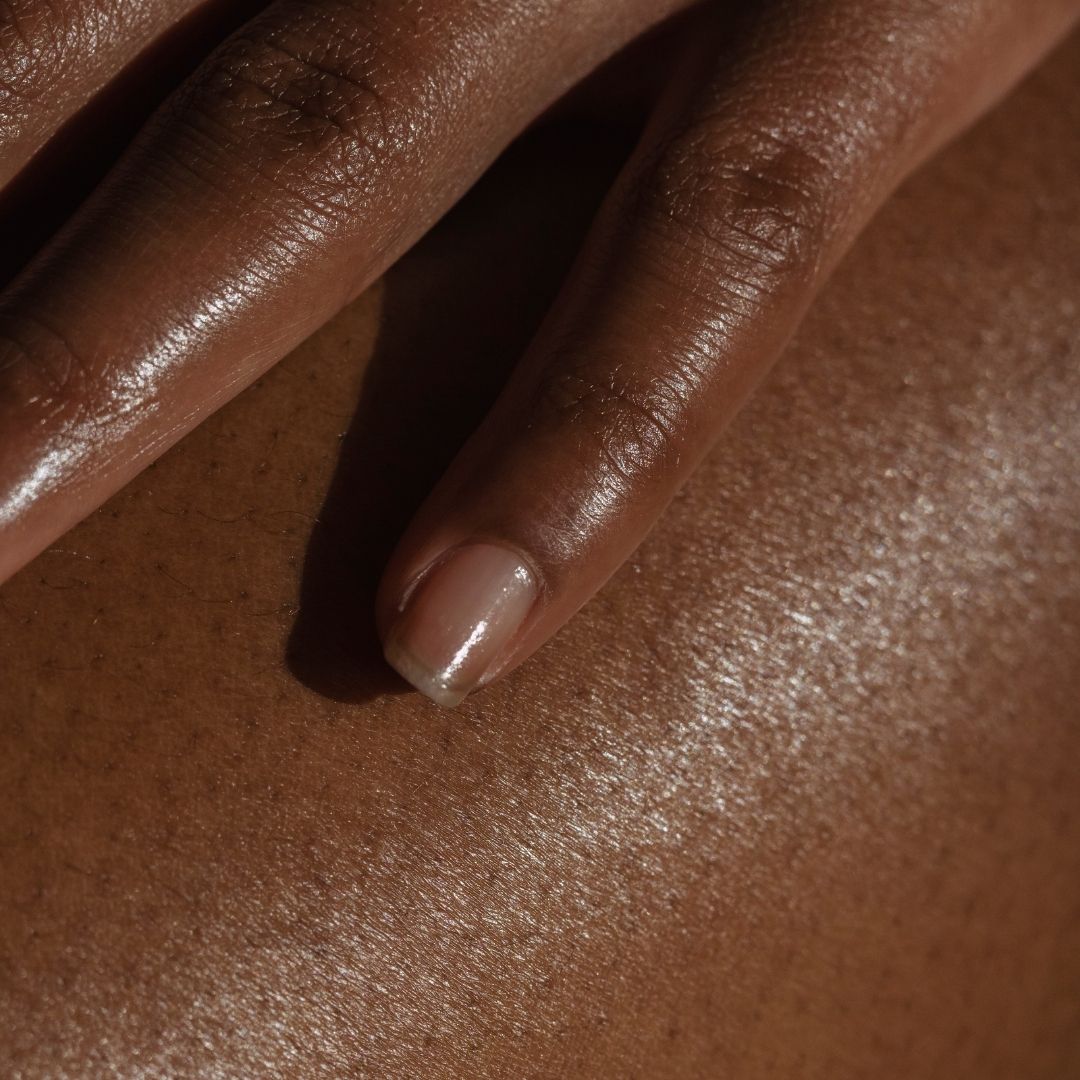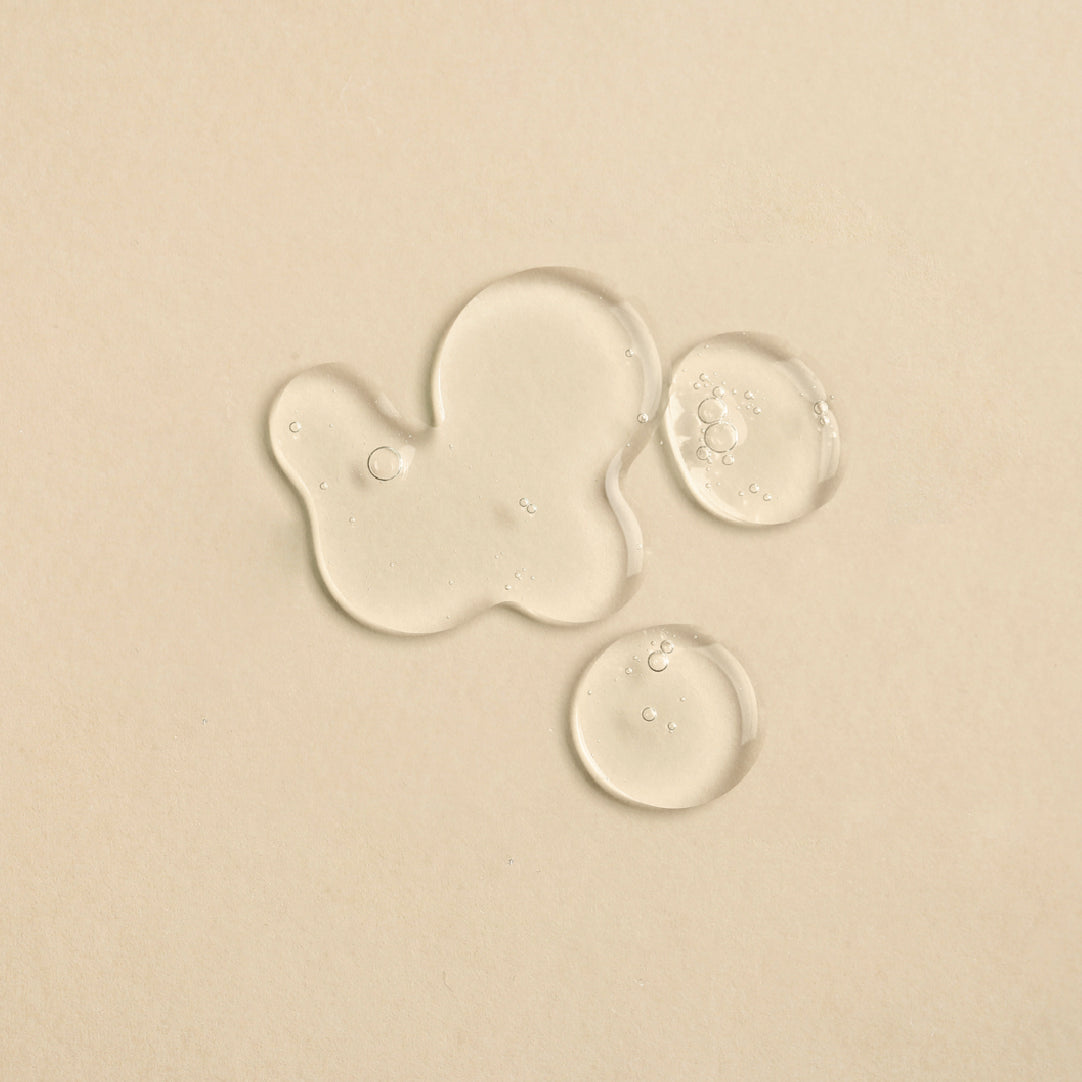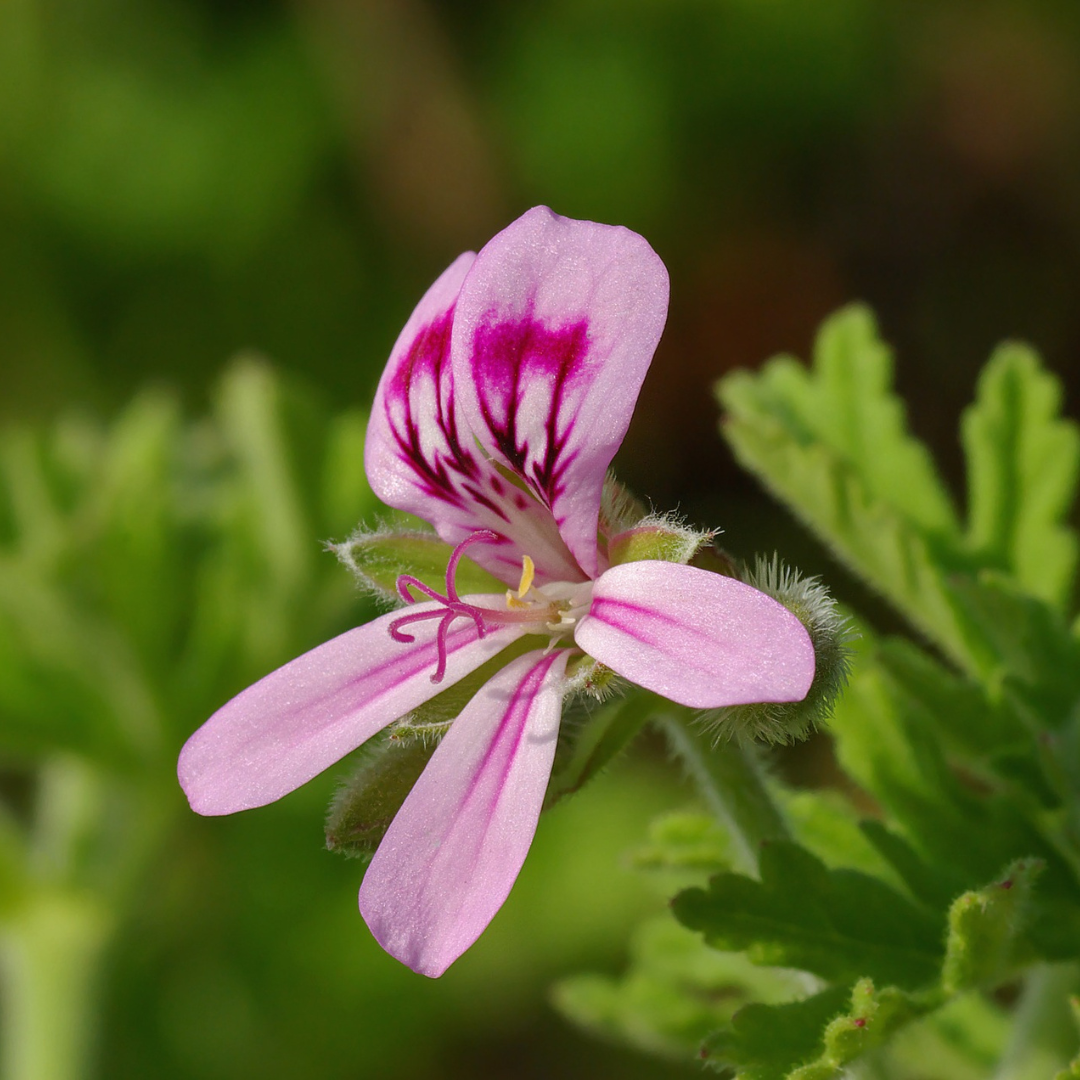
THE SOPHIC STANDARD
We are proud to hold such high standards when it comes to the SOPHIC brand and our products.
-

ETHICAL LABOUR
SOPHIC is Made in Australia which means that the people who manufacture our products are paid fairly and work in safe environments.
We have a Supplier Code of Conduct and ask our suppliers to complete an Ethical Questionnaire to ensure they meet ethical standards. Regular communication and visits to our manufacturers and suppliers ensure standards are maintained. -

EMPOWERING COMMUNITIES
We want to empower our local communities.
We have made a conscious decision to only purchase from local manufacturers within a 50km radius from HQ. Keeping manufacturers close means we can support our community and Australian business, and keep our carbon footprint low.
We are currently working on an exciting partnership with a local Indigenous Australian not-for-profit. Watch this space! -

CRUELTY FREE & VEGAN
Cruelty free and vegan are not the same. Cruelty free means that our products have not been tested on animals. Vegan means that our products do not contain any animal products.
You can rest easy in the knowledge that SOPHIC is both cruelty free and vegan. -

LOW IMPACT PACKAGING
We have chosen to package our entire CARE range in recycled glass and aluminium. Both glass and aluminium can be recycled infinitely. Plastic can only be recycled up to three times and recycled plastic must always be mixed with new plastic to maintain its integrity.
Our glass bottles are made from at least 70% recycled glass. Our products are shipped to you in cardboard boxes with corn starch beads which can be composted in your garden, dissolved in water or even eaten.
Our bottles don't come with a pump and are sold separately. Pumps are hard to recycle because the are typically made from a mix of materials or types of plastics. If you would like to use a pump we have a metal one available to purchase. We encourage you to reuse this pump. -

ETHICAL MARKETING
We want to showcase the beauty of all people. Diversity and inclusion is essential to us which is why you will see different races, genders, bodies, and abilities featured in our marketing campaigns.
We promise to never touch up or alter models faces or bodies. Not only do we find this practise damaging but it's also completely unnecessary. You are beautiful just as you are.
Digital marketing is an important part of our strategy to get ourselves share our brand with the world but we do acknowledge that tracking can be a little creepy. This is why we wrote an Ethical Marketing Policy. We commit to honesty in Marketing. -

CLEAN INGREDIENTS
Our CARE range is free from synthetic fragrances, sulfates, silicones, artificial colourants, petrochemicals, parabens, PEGS and phthalates.
Made with a minimum of 95% naturally derived ingredients, we have also featured several powerful Australian native botanicals including Kakadu Plum, Quandong, Kangaroo Apple, Lemon Myrtle, Lilly Pilly and Desert Lime. We want to honour Australia’s culture and landscape and celebrate its flora and fauna.

INGREDIENT LIBRARY
Ever wondered what all those ingredients listed actually do for you? Our Ingredient Library has information of every ingredient we've included in SOPHIC's CARE range, their benefits and their EWG’s Skin Deep score.
TOXIN BLACKLIST
This is by no means a comprehensive or definitive list of toxins but we have chosen to the leave these ingredients out of our products for good reason.
Collapsible content
COAL TAR
Found in: shampoos, anti-dandruff treatments, anti-itch and rash creams.
Though Coal Tar is a known carcinogen, it is still used in psoriasis and dandruff treatments and in some hair colours. In Australia, shampoos and soaps contaiing coal tar are not recommended for prolonge use and are required to display warning labels.
a.k.a. Aminophenol, Diaminobenzene, and Phenylendiamine.
CYCLOSILOXANES
Found in: hair conditioners
Cyclosiloxanes are seed as the basis for many silicones and derivatives. It is claimed to mimic estrogen activity resulting in an increased production of breast cancer cells in humans. There's been low levels of neurotoxicity found, as well as organ system toxicity in moderate doses.
a.k.a. hexamethycyclotrisiloxane (D3), octamethylcyclotetrasiloxane (D4), decamethylcyclopentasiloxine (D5), dodecamethylcyclohexasiloxane (D6).
ETHANOLAMINES
Found in: most washes for the body and face, hand creams, hair colours, mascara, foundation, fragrances, sunscreens and laundy detergents.
Ammonia compounds used as foaming agents, emulsifiers and pH adjusters. They can form nitrosamines that are known carcinogens. They have also been reported to cause allergic reactions, skin dryness and eye irritation.
a.k.a. ethanolamine's (ETA), diethanolamine (DEA), monoethanolamine (MEA), triethanolamine (TEA).
PARABENS
Found in: just about all mainstream cosmetics, skincare products and deodorants.
Parabens are widely used preservatives found in fragrances, cosmetics and personal care products. Methyl paraben and propyl paraben are the most commonly used. Some studies have have linked certain parabens to mimic estrogen and have endocrine disruptive effects in the body.
a.k.a anything ending in paraben; benzyl, butyl, ethyl, isobutyl, isopropyl, methyl, pentyl, phenyl, propyl, phenyllsopropyl.
PARFUM/FRAGRANCE
Found in: Almost all mainstream cosmetics and personal care products.
This constitutes any mixture of fragrance ingredients used in cosmetics, even in products labelled asunsented. Listed as either 'fragrance' or 'parfum' on the label, these words refer to any complex mix of various chemicals. They've been found to trigger allergies and asthma. Some are even linked to cancer and neurotoxicity. Most mainstream cosmetics may contain up to 200 chemical constituents in the perfume or fragrance component alone. The chemicals and their derivatives are synthetic compounts that are petroleum derived/ They are easily penetrable by the body and side effects are numerous, including dizziness nausea, allergies and breathing difficulties/ Many fragrance constituents are on the banned list in the EU.
a.k.a. fragrance, perfume, parfum, aroma
PETROLATUM
Found in: hair products, lip balms, mascara, eye makeup, lipsticks and moisturisers.
Petroleum jelly or petrolatum is a solvent and protective agent which is a byproduct of the petroleum refining. It's used in hair products for shine. There are health concerns of unsafe refining and contamination with carcinogenic polycyclic aromatic hydrocarbons. Petrolatum can be a known irritant, especially in eye cosmetics.
a.k.a. petroltum, petroleum jelly, paraffin oil, mineral oil and white petrolatum.
PHENOXYETHANOL
Found in: eye shadow and liner, mascara, lip gloss, foundation and concealer, blush, sunscreen, shampoo and conditioner, moisturiser, body wash, hand cream, hair colour, hair spray, nail polish, baby wipes and lotions, shaving products, deodorant, toothpaste, fragrances, hair removal waxes, ultrasound gel.
A widely used preservative across a broad range of personal care products, cosmetics and vaccines that limits the growth of bacteria. Exposure has been lined to excema and servere allergic and anaphylatic reactions.
a.k.a phenoxyethanol, 2-phenoxyethanol, phenoxyethona; amd 1,2-dibromo-2,4-dicyanobutane, PhE.
PHTHALATES
Found in: lipsticks, fragrances, deodorants, hair products, skin and body lotions, nail polish and nail hardeners, eye shadows, fragrances, plastic packaging that houses cosmetics.
Also refered to a bisphenol A (BPA), phthalates are widely used in cosmetics (as well as packaging and toys). They increase flexibility, durability. transparency and longevity of the substance. They are listed on labels in a variety of ways, or not at all. Health effects include disruption to the endocrine system, damage to the liver, and kidneys, breast cancer, birth defects, developmental problems, decreased sperm counts, and early breast development and endometriosis in girls, as well as affecting thyroid function and being linked to obesity. EWG recommends that pregnant women should avoid nail polish containing dibutyl phthalate (DBP_ and everyone should avoid products with 'fragrance'. These phthalates have been banned for use in cosmetics in Australia and the EU: dibutylphthalate, diethylhexylphthalate, diisobutylphthalate and di(methyloxyhexyl)phthalate.
a.k.a. bisphenol A (BPA), phthalates, DEP, DBP, DEHP, fragrance.
POLYETHYLENE GLYCOLS (PEGS)
Found in: personal care products, baby care and sunscreens.
PEGs pose a threat to health because of the processing method; 1,4-Dioxane is a contaminant created when common ingredients react via a process known as ethoxylation. 1,4-Dioxane is a known carcinogen linked to organ toxicity. PEGs have enhanced penetration qualities that can lead to irritation of the skin. You won't necessarily find it listed on the label as it is a byproduct of manufacturing.
a.k.a polyethylene glycols, PEGs, polyethylene oxide (PEO), or polyoxyethylene (POE).
SILICONES
Found in: hair products, conditioning agents, moisturisers.
Found in most hair products, silicones are non-biodegradable and leave an occlusive slick on the skin, inhibiting the natural transpiration process resulting in irritation and breakouts.
a.k.a. dimethicone, dimethicone copolyol, cyclomethicone.
SODIUM LAURYL SULFATE & SODIUM LAURETH SULFATE (SLS & SLES)
Found in: shampoo, body wash, bubble bath
SLS is the sodium salr of SLES, a surfactant that can cause skin irritation or trigger allergies. SLES is often contaminated with 1,4-dioxane, a know carcinogen. They alter skin structure and can increse penetration of chemicals into the blood stream, creating organ toxicity.
a.k.a. sodium lauryl/laureth sulfate/sulphate, sodium lauryl srcosinate.






